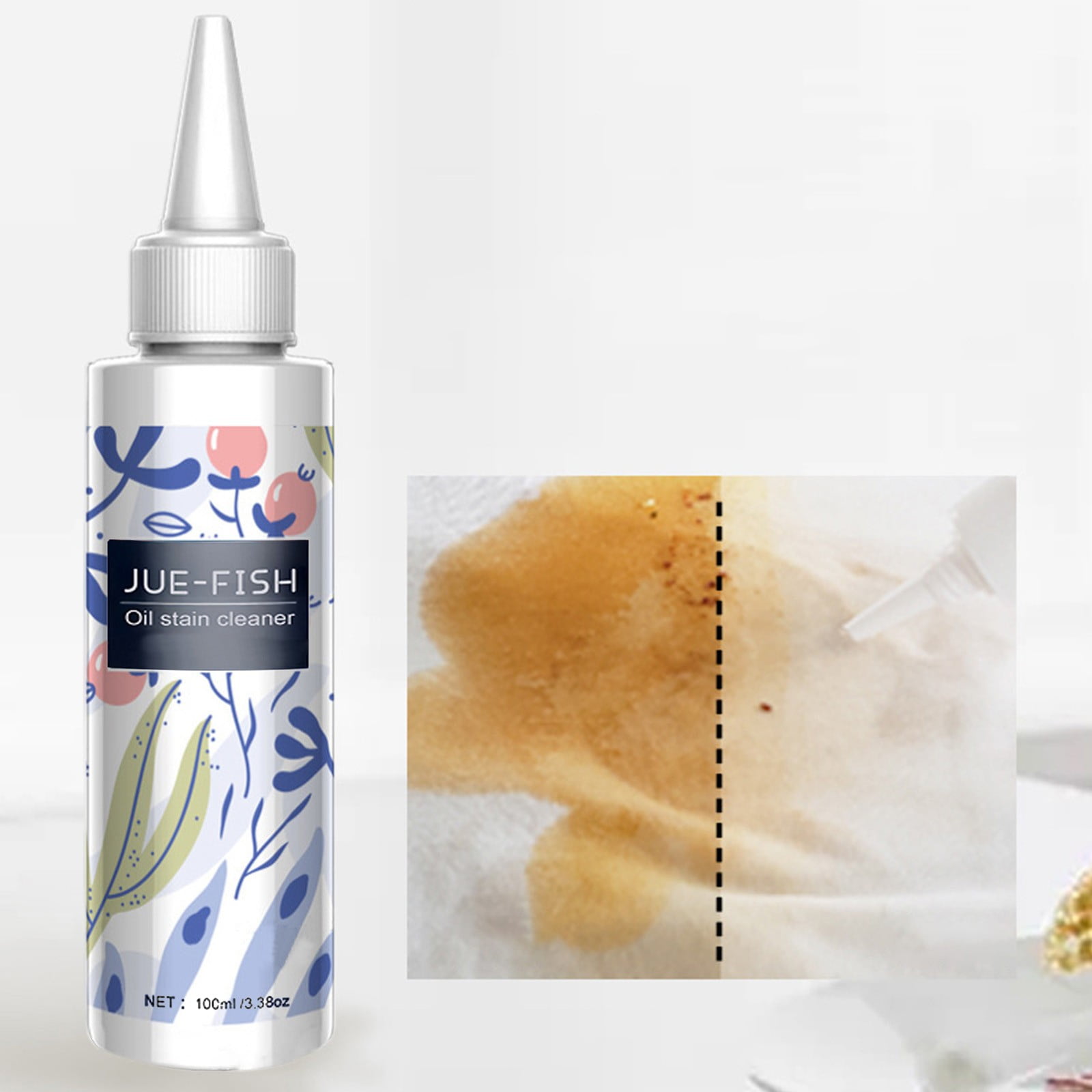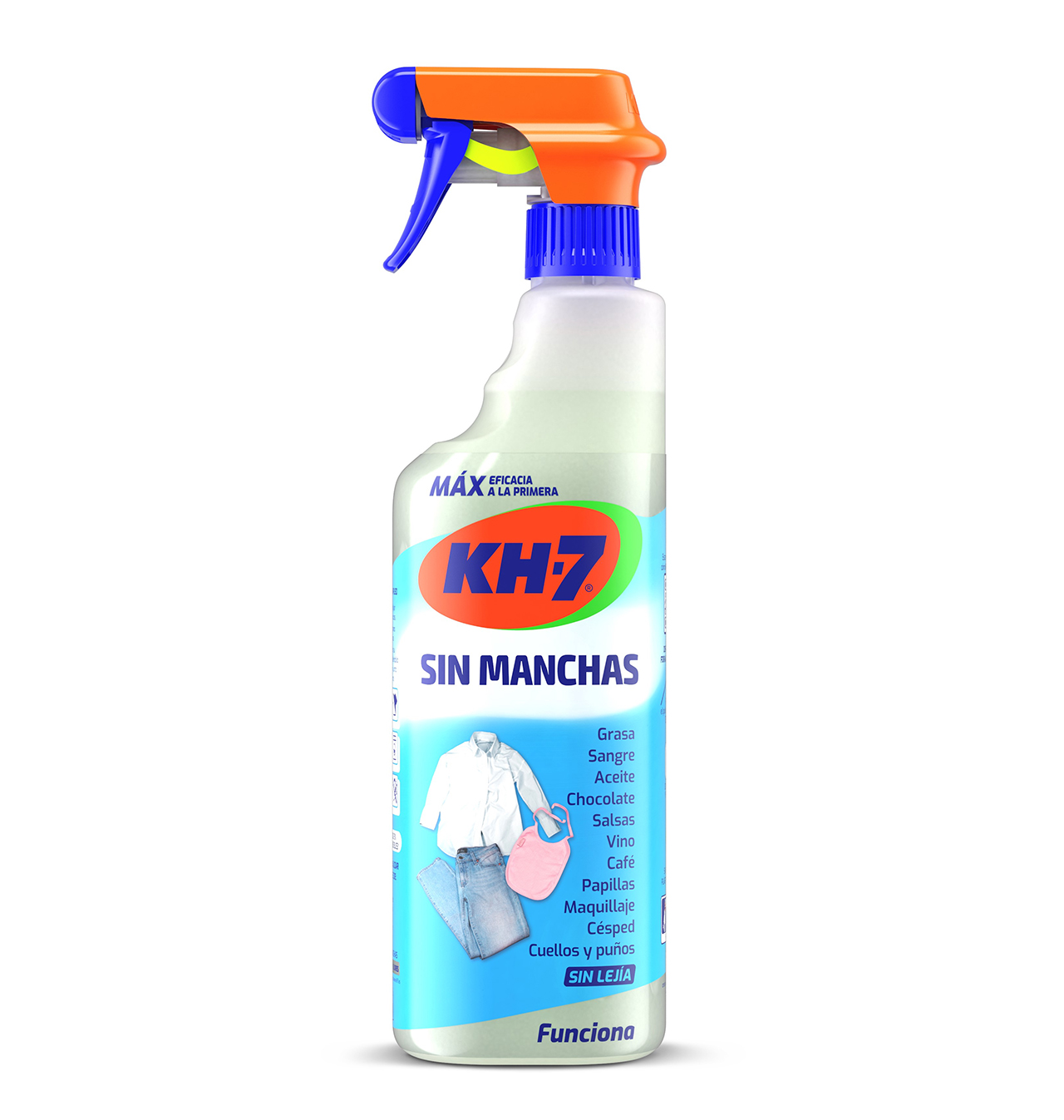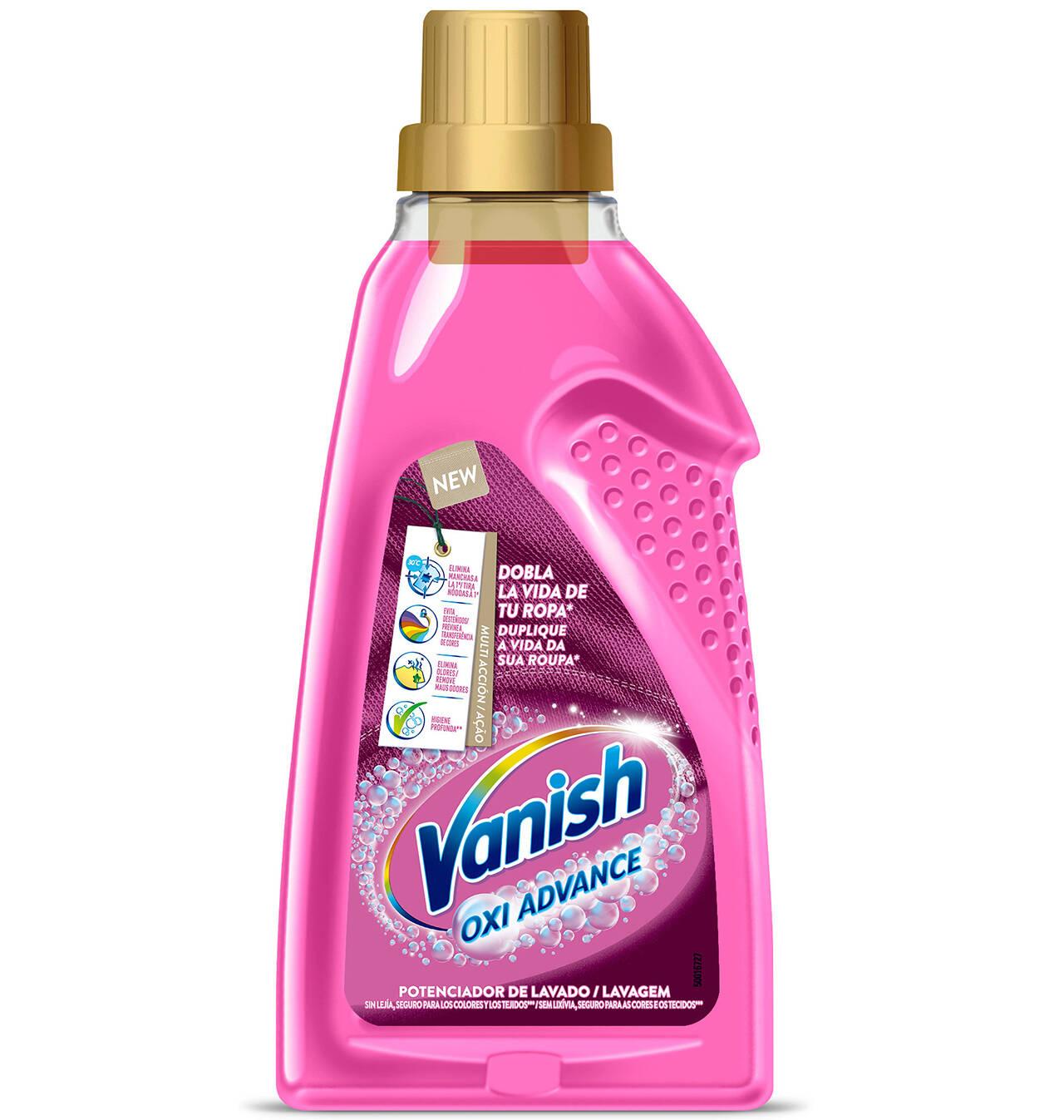Effective Quitamanchas Ropa Bebe: Simple Ways To Tackle Baby Stains
Bringing a new little one into your home is, you know, a truly wonderful thing. It’s full of sweet moments, tiny giggles, and, well, a whole lot of laundry. And with that laundry comes the never-ending puzzle of how to get those stubborn marks off tiny clothes. So, if you're asking yourself, "What's the best way to deal with marks on baby clothes?" you're definitely not by yourself. This guide is all about making your life a bit easier when it comes to keeping those adorable outfits looking fresh.
Every parent knows the feeling, right? One moment, your baby is looking cute as can be, and the next, there's a colorful surprise on their little romper. From spit-up to pureed carrots, baby clothes seem to attract every kind of mess imaginable. Finding a good quitamanchas ropa bebe, or baby clothes stain remover, can feel like finding a treasure. It helps keep those cherished items ready for another wear, or perhaps ready for the next baby in the family, which is, you know, a pretty big deal.
We’re going to look at some simple, practical methods and even talk about choosing the right products. Our goal here is to help you feel more confident when facing laundry day. We want to make sure you have the tips and tricks to keep your baby's wardrobe bright and clean, because, frankly, you have enough on your plate, don't you? Let's get into it, and you'll see that dealing with these little marks doesn't have to be a huge headache.
Table of Contents
- Understanding Baby Stains: Why They're So Tricky
- Choosing the Right Quitamanchas Ropa Bebe: What to Look For
- Pre-Treatment Is Key: Getting Ready to Wash
- Step-by-Step Stain Removal Guide for Different Marks
- Laundry Day Best Practices: Washing and Drying
- Preventative Measures: Less Marks, Less Work
- Frequently Asked Questions
Understanding Baby Stains: Why They're So Tricky
Baby clothes, they’re just magnets for messes, aren't they? It seems like every day brings a new kind of mark. Knowing what you're up against is, in a way, the first step to winning the laundry battle. We'll look at why these little spots are such a challenge and what kinds of things tend to show up on baby outfits.
Common Culprits: What Kinds of Marks You'll See
You’ll likely see a few usual suspects when it comes to baby clothing marks. There’s the milky kind from spit-up or spilled bottles, which can leave a sort of yellowish tint if not handled quickly. Then there are the, shall we say, more colorful marks from pureed fruits and vegetables, like carrots or berries, that are really bright and noticeable. And, of course, the infamous diaper blowout marks, which, honestly, are a category all their own. Sometimes, you even get little oil or grease spots from baby lotions or creams. It's, you know, quite a variety of challenges.
Why Baby Clothes Are Different: Fabric and Sensitivity
Baby clothes are often made from soft, breathable fabrics like cotton, which is nice for a baby's skin but can, in a way, absorb marks pretty easily. Also, babies have very delicate skin, so you can't just use any harsh cleaner. You need to pick products that are gentle and free from strong chemicals or perfumes that might cause a reaction. This makes finding a good effective stain remover for baby clothes a bit more specific than just grabbing whatever is under the sink, don't you think?
Choosing the Right Quitamanchas Ropa Bebe: What to Look For
Picking the right product for marks on baby clothes is a big deal, really. You want something that works well but won't irritate your little one's skin. There are many options out there, from things you can find in your kitchen to special products sold in stores. So, let's talk about what makes a good choice, shall we?
Natural and Gentle Options for Little Ones
Many parents like to use natural things they already have at home. For example, a paste made from baking soda and water can be pretty good for some marks. Lemon juice, when used carefully and with sunlight, can help with some discoloration, but you have to be careful not to bleach colored fabrics. White vinegar is another popular choice, especially for smells and general cleaning, and it’s quite gentle. These options are often free from harsh chemicals, which is, you know, a big plus for sensitive baby skin. You could also try a little bit of dish soap for greasy marks, as it's often designed to cut through oil.
Commercial Products That Work Well
If you prefer something ready-made, there are many commercial products specifically sold as quitamanchas ropa bebe. When looking at these, it's pretty important to check the label. Look for terms like "hypoallergenic," "fragrance-free," "dye-free," or "for sensitive skin." Some brands even offer plant-based formulas, which is, in some respects, a nice middle ground. Reading reviews from other parents can also give you a good idea of what works best for different types of marks. Just remember, what works for one family might not be the absolute best for another, but it's a good starting point.
Pre-Treatment Is Key: Getting Ready to Wash
Getting a mark out often depends on what you do before the item even goes into the washing machine. This step, you know, is pretty important. A little bit of effort here can save you a lot of trouble later on. We'll talk about how to act fast and what to do for those really tough spots.
Quick Action Tips for Fresh Marks
When a mark first happens, speed is your friend, honestly. The sooner you deal with it, the better your chances of getting it out completely. First, try to remove any solid bits gently with a spoon or dull knife. Then, if you can, rinse the mark from the back of the fabric with cold water. This helps push the mark out rather than deeper into the fibers. For some marks, just a quick rinse under the tap might be enough to prevent it from setting. It’s a simple step, but it really makes a difference, so.
Soaking Methods for Tougher Spots
For marks that have been there a little while, or for really stubborn ones, a good soak can be very helpful. You can soak the item in cold water with a bit of your chosen quitamanchas ropa bebe, whether it's a natural option like white vinegar or a commercial product. Let it sit for at least 30 minutes, or even a few hours for really bad marks. Sometimes, an overnight soak can work wonders, especially for protein-based marks like milk. Just make sure the water stays cool, as warm water can sometimes set certain marks even more firmly, you know.
Step-by-Step Stain Removal Guide for Different Marks
Different marks need different approaches, it's true. What works for a milk mark might not be the best for a berry mark. So, we’ll go through some common types of marks and give you a simple plan for each. This way, you’ll have a clear idea of what to do, which is, you know, super helpful.
Milk and Spit-Up Marks
These are pretty common, aren't they? For milk or spit-up marks, start by rinsing the affected area with cold water. Avoid hot water, as it can cook the protein in the milk, making the mark harder to remove. Then, you can gently rub a little bit of baby-safe laundry detergent or a natural option like a baking soda paste onto the mark. Let it sit for about 15-30 minutes. After that, wash the item as usual in cold water. If the mark is still there, you might try a gentle soak in an enzyme-based cleaner designed for baby clothes. It really does help break down those proteins, so.
Diaper Blowout Marks
Okay, these are, arguably, the most challenging. First, remove any solid bits. Then, rinse the item thoroughly under cold, running water from the back of the mark to push it out. Apply a generous amount of a baby-safe laundry detergent or a specialized quitamanchas ropa bebe directly onto the mark. You can gently rub it in with an old toothbrush or your fingers. Let it sit for a good amount of time, maybe an hour or two, or even overnight for really tough ones. After soaking, wash the item in cold water. If there’s still a shadow, try air drying it in direct sunlight, as the sun can be a natural bleacher, which is, you know, pretty cool.
Food Puree and Fruit Marks
These colorful marks, like from berries or carrots, can be quite stubborn. Start by rinsing with cold water. Then, for fruit marks, a bit of lemon juice (if the fabric is white and can handle sun exposure) can be helpful, but test it first on a hidden spot. For general food purees, apply a liquid laundry detergent or a pre-treatment spray. Rub it in a little. For really set-in marks, you might try a gentle oxygen-based whitener that is safe for baby clothes. Always check the fabric care label first, of course. Wash in the warmest water safe for the fabric, and check if the mark is gone before drying, because heat can really set these in, you know.
Oil and Grease Marks
Marks from baby oil, lotions, or creams need a different approach because they are, well, oily. First, sprinkle a little bit of cornstarch, baby powder, or baking soda on the mark. Let it sit for about 15-30 minutes to absorb the oil. Brush off the powder. Then, apply a small amount of liquid dish soap directly onto the mark, as dish soap is really good at cutting through grease. Gently rub it in. Let it sit for about 10-15 minutes. Rinse with warm water and then wash the item as usual. You might need to repeat this process a couple of times for very greasy marks, which is, you know, pretty common.
Laundry Day Best Practices: Washing and Drying
Once you've pre-treated those marks, the way you wash and dry your baby's clothes can make all the difference. It's not just about throwing them in the machine; there are a few things that can help ensure those marks really disappear. We'll go over the best ways to finish the job, so.
Washing Temperatures and Cycles
For most baby clothes, cold or warm water is usually best. Hot water can, in a way, set certain marks, especially those with protein like milk or blood. Always check the care label on the clothing for the recommended temperature. Using a gentle cycle is also a good idea to protect the fabric, especially for delicate items. Make sure you don't overload the washing machine, as clothes need space to move around and get properly clean. A good rinse cycle is pretty important too, to make sure all the cleaner is washed away, you know.
Drying Tips to Avoid Setting Marks
This is a really important step. Before you put any baby clothing in the dryer, always, always check to make sure the mark is completely gone. If you dry an item with a mark still on it, the heat from the dryer can bake the mark into the fabric, making it nearly impossible to remove later. If the mark is still there, re-treat it and wash it again. Air drying is often the best choice for baby clothes, especially if you're unsure if a mark is truly gone. Sunlight can also help naturally bleach out any lingering shadows on white or light-colored items, which is, you know, a very useful trick.
Preventative Measures: Less Marks, Less Work
While having a good quitamanchas ropa bebe is super helpful, preventing marks in the first place is, arguably, even better. A few simple habits can cut down on your laundry load significantly. It’s all about being a little proactive, and you'll see a big difference, honestly.
One simple thing is to use bibs, especially during feeding times. There are so many kinds, from small ones for drool to big, full-coverage bibs for messy eaters. These can catch a lot of the spills before they even touch the clothes. Also, consider changing your baby into "play clothes" or older outfits for really messy activities, like trying new foods or playing outside. That way, if a mark happens, it's on something you're not too worried about. Keeping a small spray bottle with a pre-treatment solution handy in the nursery or diaper bag can also be very useful for immediate action on fresh marks, which, you know, can save a lot of trouble later on.
Frequently Asked Questions
Here are some common questions parents often ask about getting marks out of baby clothes.
Q: Is it okay to use regular laundry detergent on baby clothes?
A: It really depends on your baby's skin. Some babies have very sensitive skin and might react to regular detergents that have strong perfumes or dyes. For those little ones, it’s usually better to pick a detergent that's labeled "free and clear" or specifically made for babies. You can always try a small amount on one item first to see how your baby's skin reacts, you know, just to be safe.
Q: Can I use bleach on white baby clothes?
A: For white baby clothes, you might be able to use a very small amount of chlorine bleach, but it's generally not recommended because it can be quite harsh and potentially irritate sensitive skin. A better and safer choice is often an oxygen-based whitener, sometimes called an oxygen bleach, which is much gentler on fabrics and skin. Always check the clothing label first and dilute any product properly, you know, to avoid any issues.
Q: What if a mark won't come out no matter what I try?
A: Sometimes, despite your best efforts, a mark just won't budge. This can happen, especially if it's an older mark that has really set in. If you've tried all the usual methods and it's still there, you might have to accept that some marks are just permanent. You could, perhaps, use that item for messy play or as a backup. Or, if you're feeling crafty, you could try covering it with a cute patch! It’s, in a way, just part of having a baby, isn't it?

Value for Money, Quitamanchas para ropa, limpiador de manchas de aceite

Comprar QUITAMANCHAS KH-7 PISTOLA 780 ML | Lavado de la ropa y

Comprar QUITAMANCHAS VANISH PINK GEL 750 ML | Lavado de la ropa y